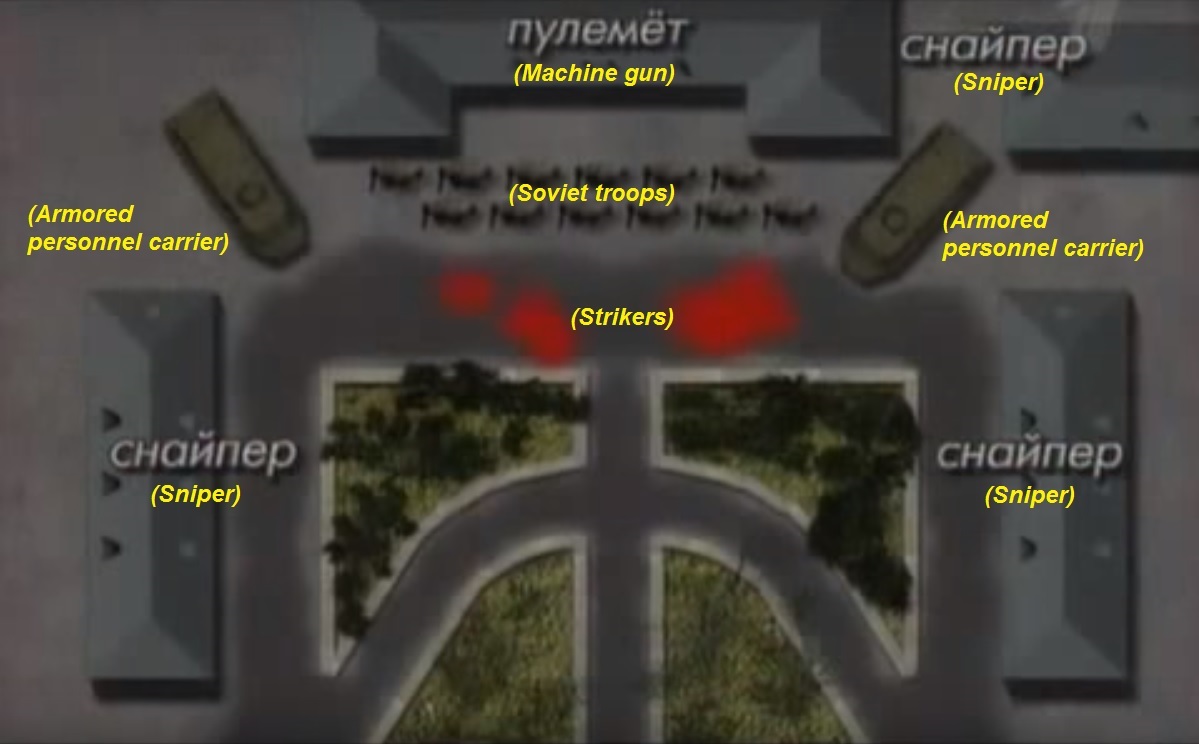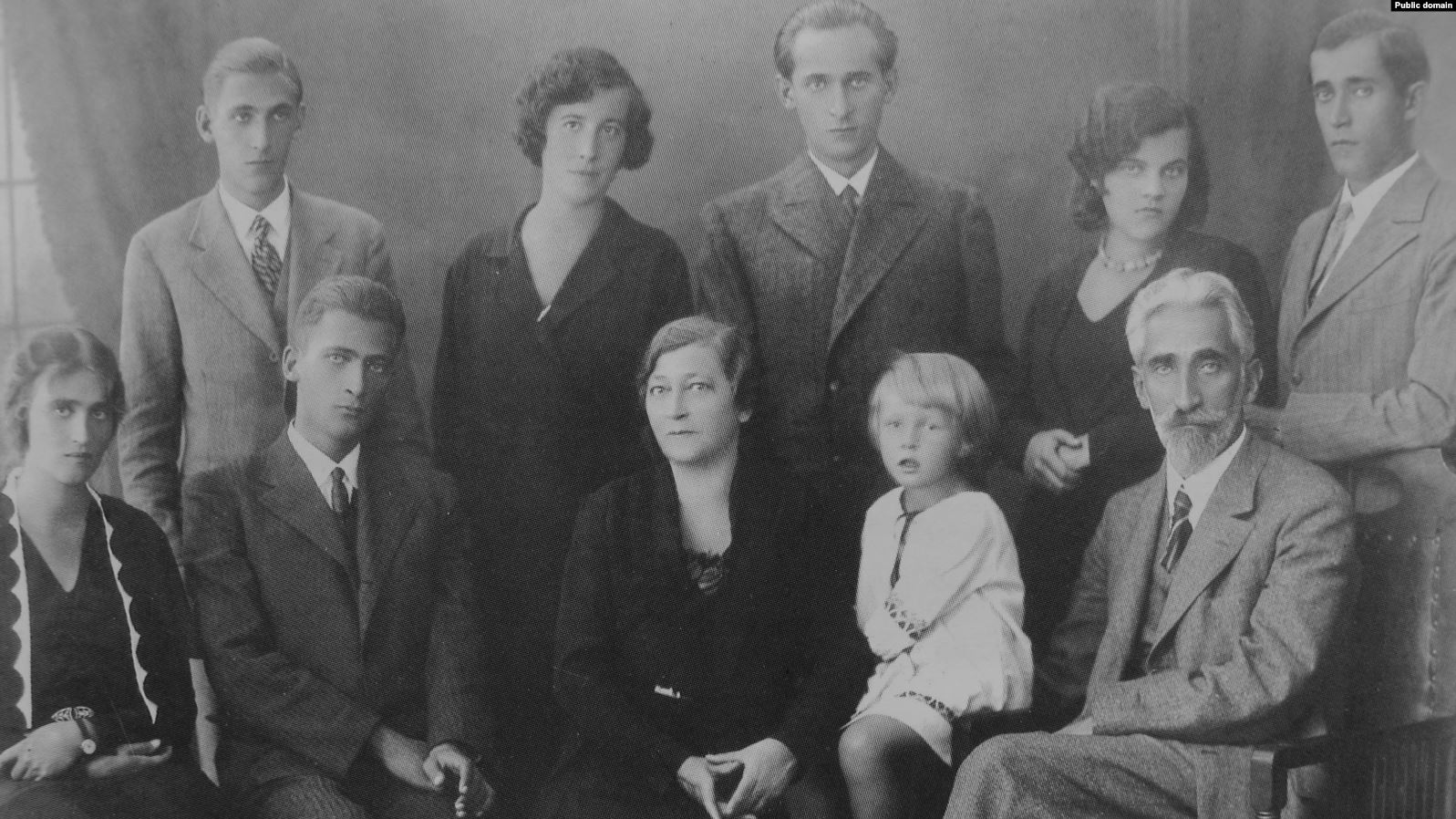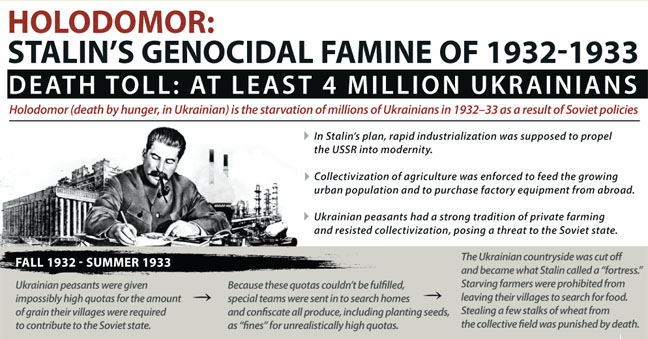Related:
- Does the Kremlin fear repeats of 1962 Novocherkassk events – and would it react equally brutally?
- Communist crimes against Ukrainians give them many reasons to ban Communist party
- Post-Soviet states entered second anti-communist revolutionary period
- Mass graves exemplify communist terror -- Poroshenko
- Putin regime can't be reformed, only replaced, like its Soviet predecessor, Yakovenko says
- In opening access to Communist totalitarian archives, Ukraine draws on European experience
- Reflections on Communist Crime and Punishment in the light of the Ukrainian Revolution of Dignity
- This is why Ukraine needs decommunization of public spaces





